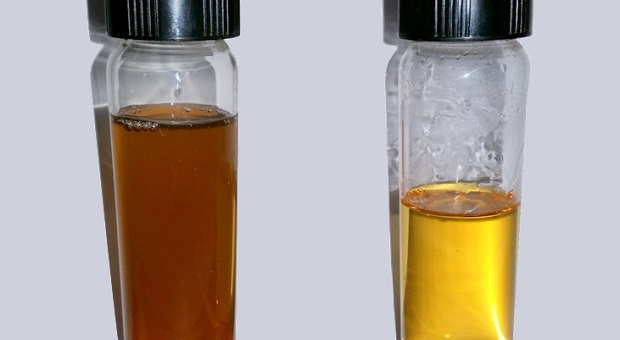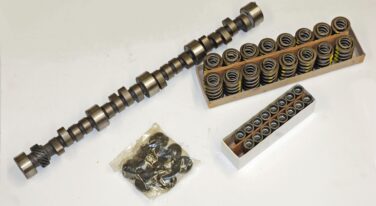
How To Replace Brake Fluid
Click Here to Begin
The brake fluid is a critical part of your brake system. When you step on your brake pedal, the pressure pushes the brake fluid through your brake lines, which end up compressing your brake calipers’ pistons. When the calipers’ pistons are compressed, they force your brake pads to rub on your brake rotors; the friction is what causes your car to stop. Overtime, your brake fluid’s boiling point starts decreasing, which is a natural reaction to it being used, when the boiling point decreases, the fluid boils much quicker, causing air bubbles to form, which causes the bubbles to go through your system when you step on the brake fluid, thus altering your brake performance. Having air in your brake system can affect the feel of your brake pedal, causing it to feel spongy and less responsive.
The recommended maintenance intervals for brake fluid vary from one model to another. For instance, Chevrolet recommends all their models to have a brake fluid replacement at 40,000 miles, while some Ford models recommend their owners to replace the brake fluid every 25,000 miles. If you ever feel a change in the brake feel, whether it’s the brake pedal or the brake performance, then you should consider replacing the brake fluid. If you check your brake pedal and it appears to have a dark brown, almost burnt, color, then it’s time for a brake fluid replacement. Any brake fluid leak has to be found and the source of the leak has to be repaired. The brake system is a pressurized system, any leaks, not only mean brake fluid is escaping the system, it also means air is going into it, which can tremendously affect the stopping power and brake feel. Anytime you perform a brake fluid replacement, you have to bleed the brake system to ensure there is no air in it. Read on to learn how to replace the brake fluid and bleed the system after.
Tools Required:
Turkey baster
Empty bottle
Clear hose
Wrench
Jack, jack stands, and tire iron (optional)
Brake fluid
The brake fluid is a critical part of your brake system. When you step on your brake pedal, the pressure pushes the brake fluid through your brake lines, which end up compressing your brake calipers’ pistons. When the calipers’ pistons are compressed, they force your brake pads to rub on your brake rotors; the friction is what causes your car to stop. Overtime, your brake fluid’s boiling point starts decreasing, which is a natural reaction to it being used, when the boiling point decreases, the fluid boils much quicker, causing air bubbles to form, which causes the bubbles to go through your system when you step on the brake fluid, thus altering your brake performance. Having air in your brake system can affect the feel of your brake pedal, causing it to feel spongy and less responsive.
The recommended maintenance intervals for brake fluid vary from one model to another. For instance, Chevrolet recommends all their models to have a brake fluid replacement at 40,000 miles, while some Ford models recommend their owners to replace the brake fluid every 25,000 miles. If you ever feel a change in the brake feel, whether it’s the brake pedal or the brake performance, then you should consider replacing the brake fluid. If you check your brake pedal and it appears to have a dark brown, almost burnt, color, then it’s time for a brake fluid replacement. Any brake fluid leak has to be found and the source of the leak has to be repaired. The brake system is a pressurized system, any leaks, not only mean brake fluid is escaping the system, it also means air is going into it, which can tremendously affect the stopping power and brake feel. Anytime you perform a brake fluid replacement, you have to bleed the brake system to ensure there is no air in it. Read on to learn how to replace the brake fluid and bleed the system after.
Tools Required:
Turkey baster
Empty bottle
Clear hose
Wrench
Jack, jack stands, and tire iron (optional)
Brake fluid



![[Gallery] Okolona Street Rods Kentuckiana V Foundation Car Show](https://www.racingjunk.com/news/wp-content/uploads/2022/04/IMG_0774-e1650040587750-376x206.jpg)
![[Gallery] Road Rats Car Show](https://www.racingjunk.com/news/wp-content/uploads/2022/05/2A-e1651770667920-376x206.jpg)

My ’82 Monte Carlo is still holding it’s original brake fluid and it is in fact brown and worn out. These simple instructions are not new to me (I’ll have to put them to use if I ever get this car back on the road, there’s other things preventing that) but they are good and accurate advise and will surely be helpful to others. Thanks.